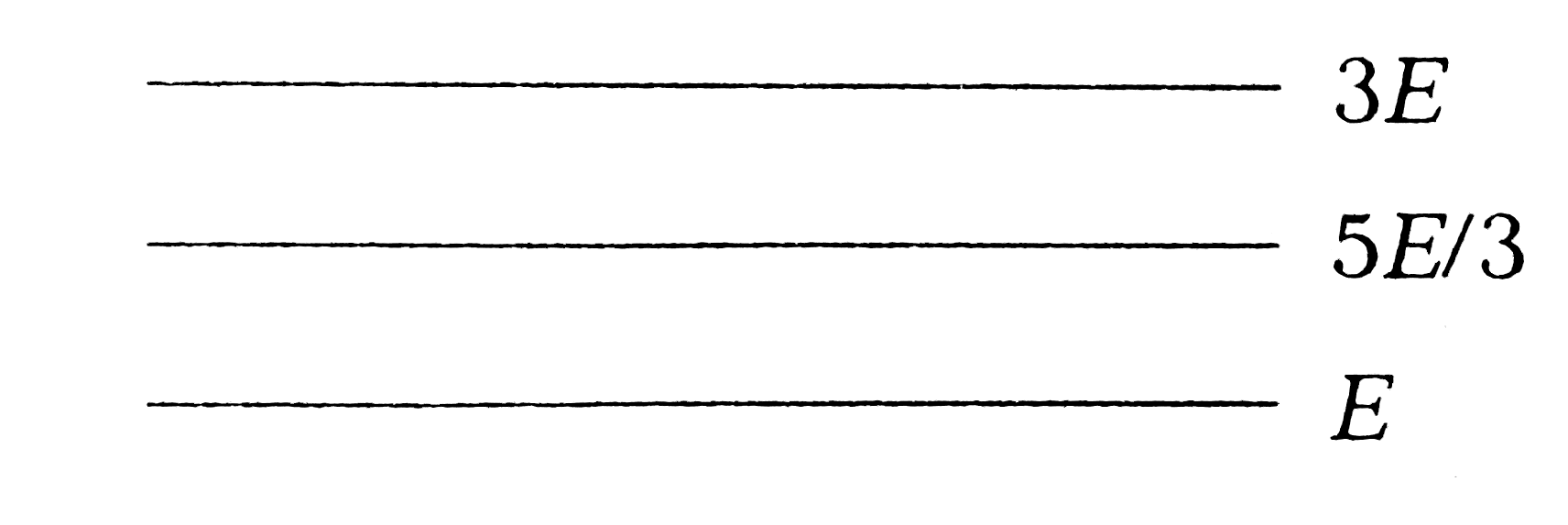A free electrons is placed in the path of a plane electromagnetic wave. The electron will start moving
along the electric field
along the magnetic field
along the direction of propagation of the waves
in a plane containing the magnetic field and the direction of propagation.
The correct Answer is:A
To solve the problem of a free electron placed in the path of a plane electromagnetic wave, we will analyze the forces acting on the electron due to the electromagnetic wave.
1. Understanding the Electromagnetic Wave:
An electromagnetic wave consists of oscillating electric (E) and magnetic (B) fields that are perpendicular to each other and to the direction of wave propagation.
2. Identifying the Forces on the Electron:
When a free electron is placed in the path of an electromagnetic wave, it experiences forces due to both the electric field and the magnetic field. The total force acting on the electron is given by the Lorentz force equation:
FL=qE+q(v×B)
where q is the charge of the electron, E is the electric field, v is the velocity of the electron, and B is the magnetic field.
3. Initial Condition of the Electron:
Since the electron is initially at rest, its initial velocity v=0. Therefore, the magnetic force component becomes zero:
FL=qE+q(0×B)=qE
4. Direction of the Electric Field:
The force acting on the electron is directly proportional to the electric field. Since the electron has a negative charge (q=−e), the direction of the force will be opposite to that of the electric field:
FL=−eE
5. Conclusion:
The electron will start moving in the direction opposite to the electric field. Therefore, the correct option is that the electron will move along the electric field (but in the opposite direction).
Final Answer:
The electron will start moving along the electric field (in the opposite direction).
An electromagnetic wave consists of oscillating electric (E) and magnetic (B) fields that are perpendicular to each other and to the direction of wave propagation.
When a free electron is placed in the path of an electromagnetic wave, it experiences forces due to both the electric field and the magnetic field. The total force acting on the electron is given by the Lorentz force equation:
FL=qE+q(v×B)
where q is the charge of the electron, E is the electric field, v is the velocity of the electron, and B is the magnetic field.
Since the electron is initially at rest, its initial velocity v=0. Therefore, the magnetic force component becomes zero:
FL=qE+q(0×B)=qE
The force acting on the electron is directly proportional to the electric field. Since the electron has a negative charge (q=−e), the direction of the force will be opposite to that of the electric field:
FL=−eE
The electron will start moving in the direction opposite to the electric field. Therefore, the correct option is that the electron will move along the electric field (but in the opposite direction).
The electron will start moving along the electric field (in the opposite direction).
Topper's Solved these Questions
- ELECTROMAGNETIC WAVESBOOK - HC VERMA ENGLISHCHAPTER - ELECTROMAGNETIC WAVESEXERCISE - objective 2
5 Videos
- ELECTROMAGNETIC WAVESBOOK - HC VERMA ENGLISHCHAPTER - ELECTROMAGNETIC WAVESEXERCISE - Question for short answers
7 Videos
- ELECTROMAGNETIC WAVESBOOK - HC VERMA ENGLISHCHAPTER - ELECTROMAGNETIC WAVESEXERCISE - Worked Out Examples
5 Videos
- ELECTROMAGNETIC INDUCTIONBOOK - HC VERMA ENGLISHCHAPTER - ELECTROMAGNETIC INDUCTIONEXERCISE - Questions for short answer
9 Videos
- GAUSS LAWBOOK - HC VERMA ENGLISHCHAPTER - GAUSS LAWEXERCISE - Short Question
7 Videos
Similar Questions
Intensity of plane electromagnetic waves in the direction of propagation of wave
View Solutionan electron is released from rest in a region of uniform electric and magnetic field acting parallel to each other. The electron will (A) move in a straight line (B) move in a circle (C) remain stationary (D) move in a helical path
View Solution
Knowledge Check
Which one of the following is the property of a monochromatic, plane electromagnetic wave in free space?
AElectric and magnetic fields have a phase difference of π/2BThe energy contribution of both electric and magnetic fields are equalCThe direction of propagation is in the direction of →B×→EDThe pressure exerted by the wave is the product of its speed energy density
The electromagnetic waves travel in free space with the velocity of
View SolutionThe wave nature of electron is verified by
View SolutionWhich of the following have zero average value in a plane electromagnetic wave?
View SolutionThe figure shows the energy level of certain atom. When the electron de excites from 3E to E, an electromagentic wave of wavelelngth λ is emitted. What is the wavelelngth of the electromagnetic wave emitted when the electron de excites from 5E3to E?
______3E
______5E/3
______E ?

View SolutionThe maximum kinetic energy of electron if wavelenght of incident electromagnetic wave is 260nm and cut-off wvelenght is 380nm given hc=1237nm.eV is
View SolutionFind the wavelength of electromagnetic waves of frequency 7×1019 Hz in free space.
View SolutionFind the wavelength of electromagnetic waves of frequency 4×1019 Hz in free space.
View Solution
